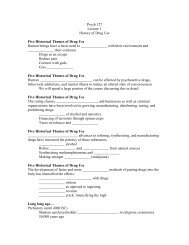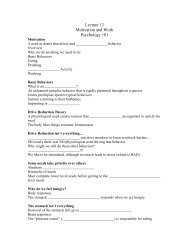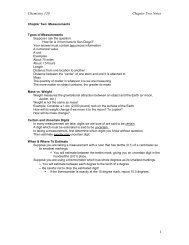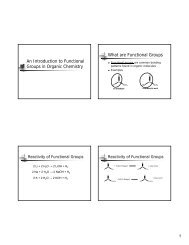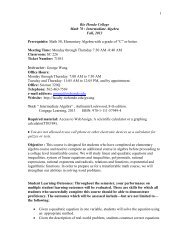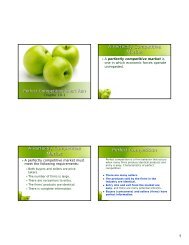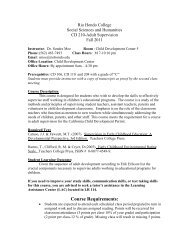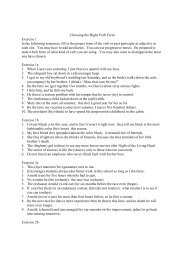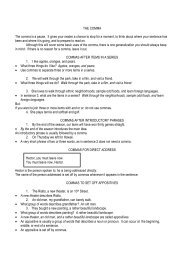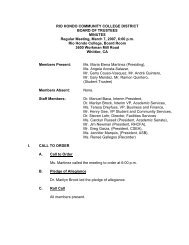Green Building and LEED Core Concepts Guide First Edition
Green Building and LEED Core Concepts Guide First Edition
Green Building and LEED Core Concepts Guide First Edition
Create successful ePaper yourself
Turn your PDF publications into a flip-book with our unique Google optimized e-Paper software.
Analogous to the commissioning of a new ship, building com missioning ensures that a new building<br />
functions as designed. This detailed process begins early in the design phase, with the specification<br />
of requirements. Consideration for these requirements is carried through the entire building design<br />
<strong>and</strong> construction process, <strong>and</strong> the requirements are used as the basis for evaluating performance.<br />
Continual commissioning, an ongoing part of building operations, ensures that a building always<br />
meets its fundamental operational requirements. Rctrocommissioning is the same process applied<br />
to existing buildings; it is intended to return the building to its Original operational goals-<strong>and</strong><br />
sometimes exceed them.<br />
Monitoring <strong>and</strong> verification provide the basis for tracking<br />
energy performance with the goal of identifying <strong>and</strong> resolving<br />
any problems that may arise over time. Monitoring often<br />
Involves comparing building performance measurements<br />
with predictions from a calibrated energy simulation<br />
or Industry benchmarking tool. The EPA's ENERGY<br />
STAR Portfolio Manager is one of the most widely used<br />
benchmarking systems. Portfolio Manager users enter data<br />
on electricity <strong>and</strong> natural gas consumption, along with<br />
other supporting information, into a Web-based tool. The<br />
system then evaluates the performance of the building<br />
against that of others with similar characteristics. This is<br />
an exceptionally useful, free tool for gauging the relative<br />
performance of buildings.<br />
Strategies for maintaining energy efficiency include t he fol lowing,<br />
• Adhere to owner's project requirements. Prepare detailed owner's project requirements at the<br />
beginning of the design process <strong>and</strong> conduct commissioning throughout the life cycle of the<br />
project to ensure that the building functions as designed .<br />
• Provide staff training. Knowledge <strong>and</strong> training empower facility managers to improve the<br />
performance of buildings over time.<br />
• Conduct preventive maintenance. Develop a robust preventive maintenance program to keep<br />
the building in optimal condition.<br />
• Create incentives for occupants <strong>and</strong> tenants. Involve bUilding occupants in energy efficiency<br />
strategies. Promote the use of energy-effiCient computers <strong>and</strong> equipment, bill tenants from<br />
submeter readings to encourage energy conservation, educate occupants about shutting down<br />
computers <strong>and</strong> turning out lights before they leave, <strong>and</strong> give them regular feedback on energy<br />
performance.<br />
50<br />
<strong>Green</strong> BUlldmg <strong>and</strong> l EED <strong>Core</strong> <strong>Concepts</strong> GU ide




